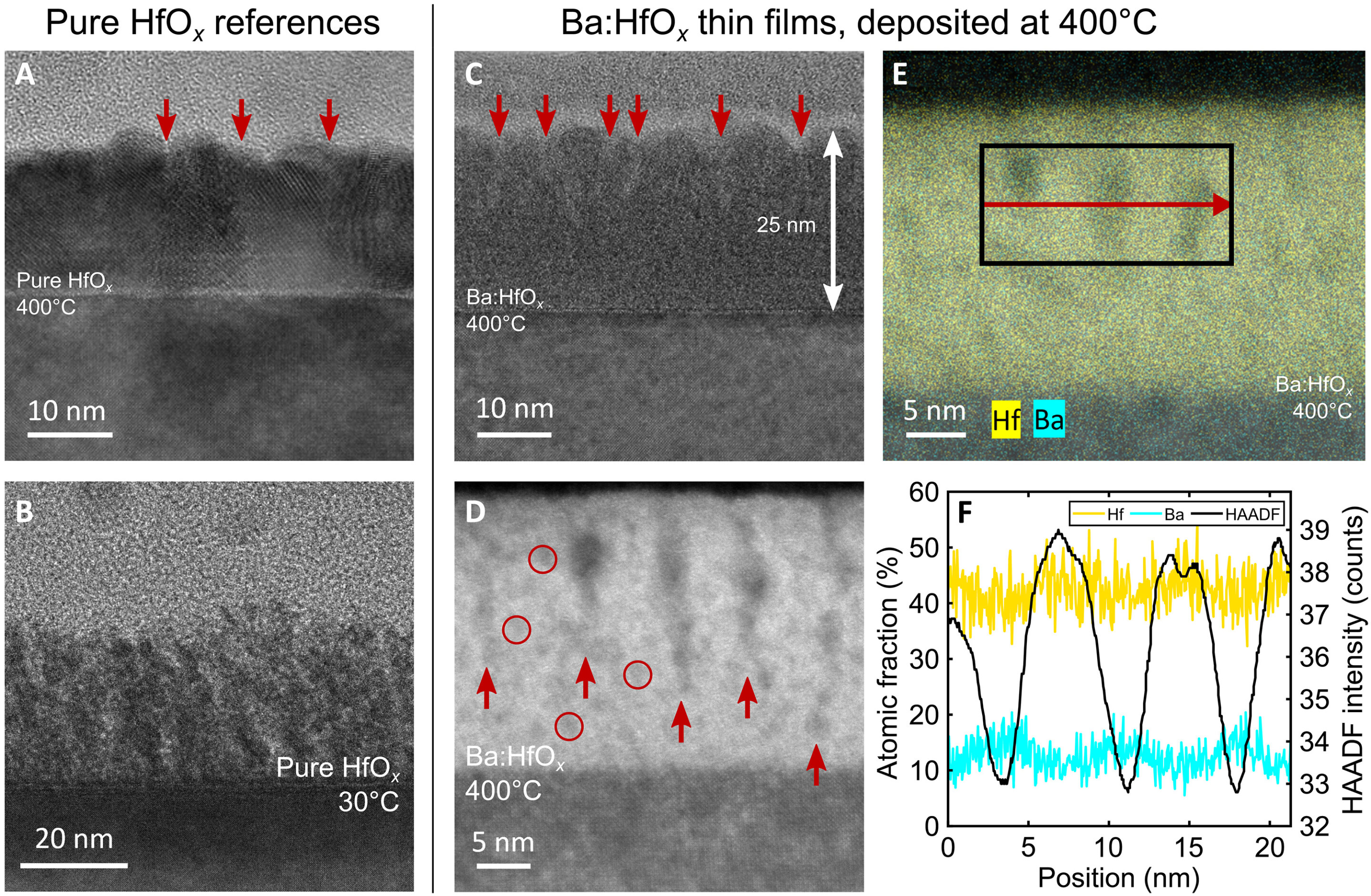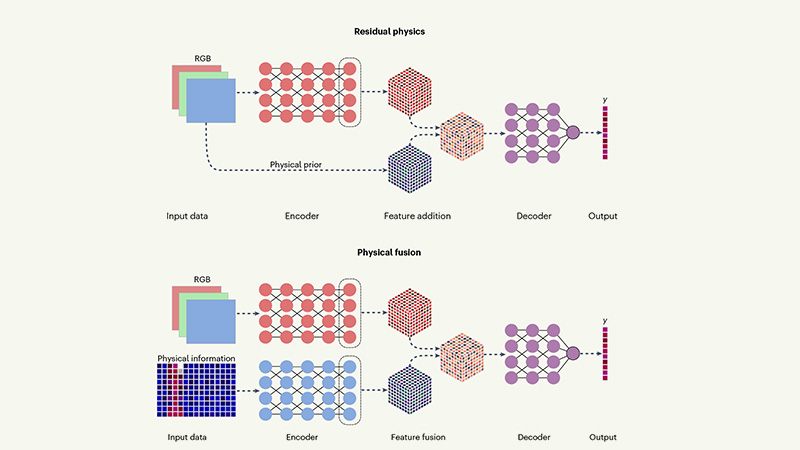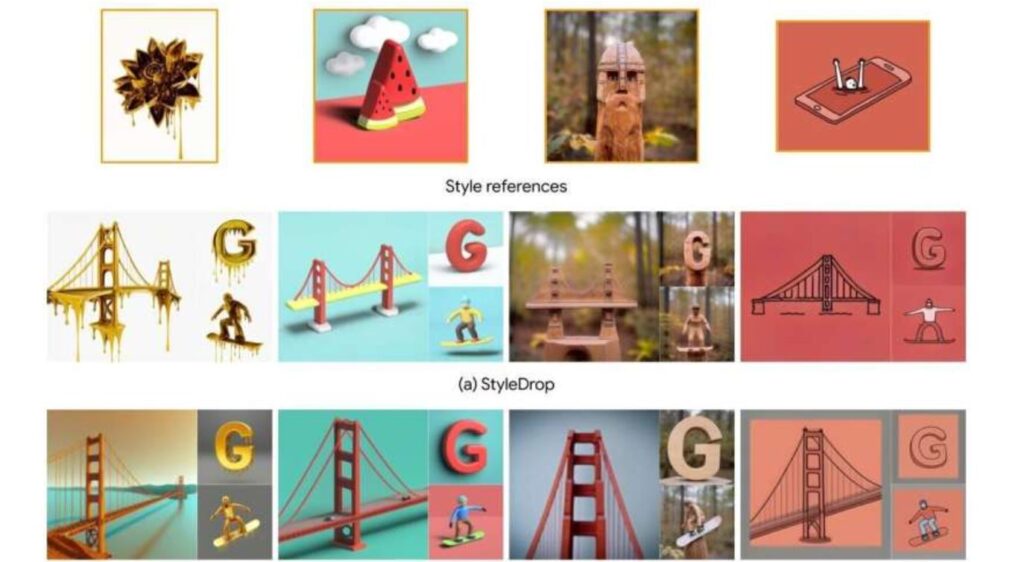
Category Technology/Electronics


New work from Carnegie Mellon University has enabled robots to learn household chores by watching videos of people performing everyday tasks in their homes.
The research could help improve the utility of robots in the home, allowing them to assist people with tasks like cooking and cleaning. Two robots successfully learned 12 tasks including opening a drawer, oven door and lid; taking a pot off the stove; and picking up a telephone, vegetable or can of soup.
“The robot can learn where and how humans interact with different objects through watching videos,” said Deepak Pathak, an assistant professor in the Robotics Institute at CMU’s School of Computer Science...
Read More
Researchers from UCLA and the United States Army Research Laboratory have laid out a new approach to enhance artificial intelligence-powered computer vision technologies by adding physics-based awareness to data-driven techniques.
Published in Nature Machine Intelligence, the study offered an overview of a hybrid methodology designed to improve how AI-based machinery sense, interact and respond to its environment in realtime — as in how autonomous vehicles move and maneuver, or how robots use the improved technology to carry out precision actions.
Computer vision allows AIs to see and make sense of their surroundings by ...
Read More
It took Da Vinci 16 years to paint the Mona Lisa. Some say he needed 12 years just to paint her lips.
There is no truth to the rumors that slow Internet was the cause.
But Da Vinci, a polymath who dabbled in botany, engineering, science, sculpture, and geology as well as painting, surely would have appreciated a new text-to-image generative vision transformer developed by Google Research.
Google’s StyleDrop, as described in a June 1 paper on the arXiv preprint server, lets users describe objects and specify artistic styles they wish to have incorporated in the generated output.
StyleDrop returns images reflecting the user’s specifications in about three minutes.
“The proposed method is extremely versatile and captures nuances and details of a user-provided...
Read More





Recent Comments